Slight Warming May Have Huge Effect in Antarctic
A rise of 2 degrees Celsius could change the pattern of seafloor diversity in unpredictable ways, experiment suggests.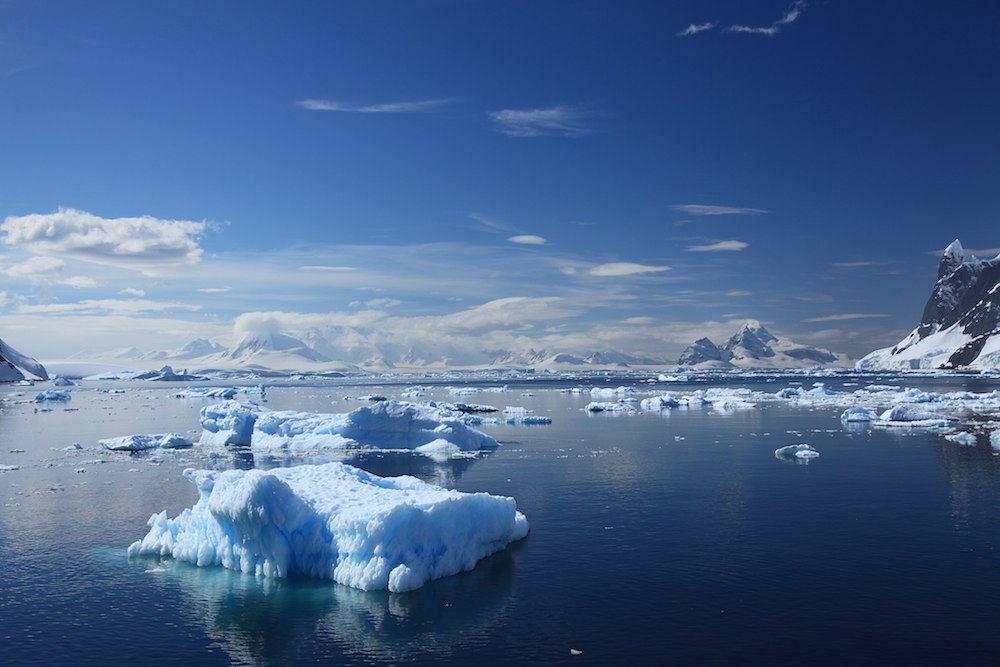 Icebergs in the Lemaire Channel in Antarctica's Southern Ocean. (Liam Quinn / CC 2.0)
Icebergs in the Lemaire Channel in Antarctica's Southern Ocean. (Liam Quinn / CC 2.0)
Global warming could have unprecedented consequences for one of the most unknown regions of the planet—the seabed of the Southern Ocean around Antarctica.
A rise of just 1°C could almost double the growth of life on the seabed. A rise of 2°C could change the pattern of seafloor diversity in unpredictable ways, to trigger a set of species shifts further up the ocean food chain.
Polar warming
Researchers report in Current Biology that in their “most realistic ocean warming experiment to date” they chose to warm an area of seabed not far from the Rothera Research Station of the British Antarctic Survey.
They placed heated panels to raise the temperature above the ambient level of a thin layer of water by 1°C or 2°C. These are the temperatures expected within the next 50 and 100 years, under global warming scenarios.
With a 1°C warming, a single pioneer species of filter-feeding invertebrate, known as a bryozoan, took off: within two months, this species, Fenestrulina rugula,dominated the community and reduced the variety of competing species. A marine worm called Romanchella perrieri also got the message and grew: this time in individual size, to become 70% larger than fellow worms still enjoying present temperatures.
“I wasn’t expecting a significant observable difference in communities warmed by just 1°C in the Antarctic,” says Gail Ashton, a marine benthic ecologist at the British Antarctic Survey in Cambridge and the Smithsonian Environmental Research Centre in California, who led the study.
“I have spent most of my career working in temperate climates where communities experience much greater temperature fluctuations, and wasn’t expecting such a response to just 1°C of change.”
The response to yet another degree warming was much more mixed. Species generally grew faster with warming through the Antarctic summer, but in the south polar autumn – when the temperature dropped and the supply of available food faltered – the responses were less predictable.
The message, however, is that even an apparently insignificant rise in ambient temperatures at the bottom of the sea at the bottom of the globe could have unpredictable consequences for whole ecosystems.
“This is a deceptively simple and unambiguous experiment,” Dr Ashton says. “By putting our test plates in the ocean and conducting the experiment there, we’ve changed almost nothing except the water temperature: not the food supply, not light levels, nor the surrounding ecosystem. We can see the impact of temperature change very clearly and it’s quite dramatic.”
Unexpected finding
The finding is also unexpected. Only days before, other British Antarctic Survey scientists had found that a study of zooplankton in the same ocean suggested that shifts in sea-surface temperatures made little difference.
They reported in Global Change Biology that they looked at the distribution of a copepod called Calanus propinquus, a species important in the food chain, both in recent years and in historic studies made between 1926 and 1938. In the interval, sea-surface temperatures had risen by an average of 0.74°C. But the plankton stayed in place, to serve as lunch for the rest of the south polar community.
Professor Geraint Tarling, a zooplankton ecologist at the British Antarctic Survey, says: “We were expecting to find a major poleward migration of the zooplankton community, as has happened in the Arctic. The fact that the community remained in the same place despite almost a degree of warming over the past six decades shows they are far more resilient than we first thought.”
Your support matters…Independent journalism is under threat and overshadowed by heavily funded mainstream media.
You can help level the playing field. Become a member.
Your tax-deductible contribution keeps us digging beneath the headlines to give you thought-provoking, investigative reporting and analysis that unearths what's really happening- without compromise.
Give today to support our courageous, independent journalists.

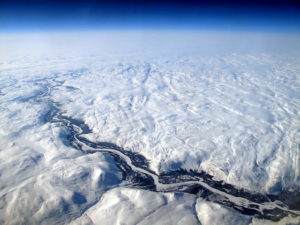
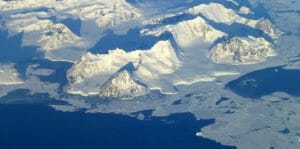
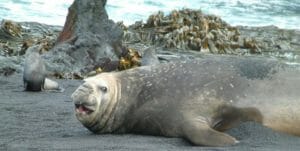
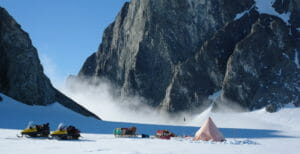
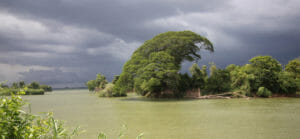
You need to be a supporter to comment.
There are currently no responses to this article.
Be the first to respond.